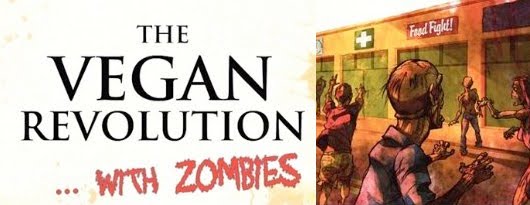Dangerous Visions and New Worlds: Radical Science Fiction, 1950 to 1985
by Andrew Nette (Editor/Contributor), Iain McIntyre (Editor/Contributor)
Let me start by saying I think this is an amazing book and anyone with an interest in the history of Science Fiction, radical fiction, or (Proto) bizarro should read this book. I like this book tons and intend to have Andrew Nettie on Dickheads. Anything critical is simply because this is a topic I feel very strongly about and most readers will not have the same nitpicks as me. As some who studies and reads books about this era constantly, I am almost too close to the subject.
So, I should say I think this is a really valuable book for anyone interested in Science Fiction, radical fiction, and weird fiction in general. I am stoked that the book has a focus on the years 1950 to 1985. That is the sweet spot for the genre. Don’t get me wrong I enjoy some Golden age stuff and certainly, Judith Merill who is profiled here was starting to write radical fiction as early as the late 40s right out of the gate of her career. Some of the really transitional radical speculative works come from the decades of the 50s. If you asked Philip K Dick he would have told you that no one wanted anything different or mold-breaking.
This book is the story of this transformation. In doing so the book has articles, profiles, and biographies of some of the radical voices. There are excellent profiles on Judith Merill, J.G. Ballard, and Octavia Butler. Perhaps the most interesting to me was the R.A. Lafferty article by Nick Mamatas that was the only author that I had never heard of before. I also enjoyed the one on Sam Delany and his commune years which gave me some added context to his classic Dhalgren.
I know it would be impossible to write them all, but there is a very short piece of Malzberg, better than nothing but I would like more on him. No Harlan Ellison profile? I know he could be a prick but it seems missing. Norman Spinrad and John Brunner's cover art are all over the book, their novels get mentioned but they are two of my favorites so I am going to be disappointed. That might not be a problem for most readers.
There are also lots of great essays on various topics. I found the essays on the Speculative fuckbooks and the black radical novels to be the most enlightening. The comparison between Leguin and Heinlein’s classic novels was cool. Sure there are topics I wish were a little expanded like eco-radical fiction of the era and proto Cyberpunk like John Brunner’s Shockwave Rider and John Shirley’s City Come-A-Walkin felt missing. That said I was constantly looking up books on Goodreads and adding them to my want-to-read shelves and that is a mark of a great genre history book.
Some of the essays were more academic, some were more pictures with a short text. The whole book looks cool at times it has a coffee table look with all the awesome cover art, combined with all the great articles it is really a cool thing to have. The book could have been three times the length and still felt like it was touching the surface I think Nettie and McIntyre did a fantastic job.
Anyone who is a student of the genre and this exciting period should check this book out!


No comments:
Post a Comment